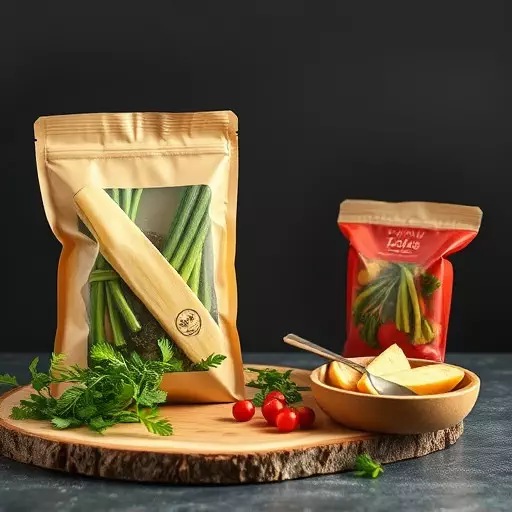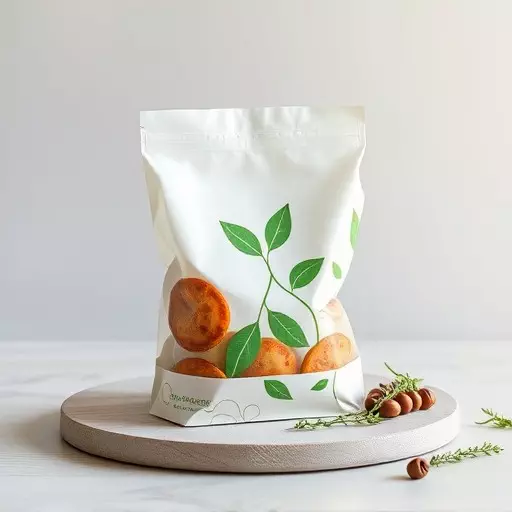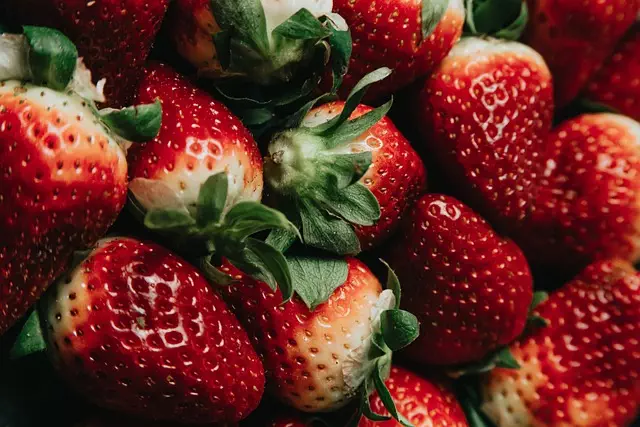Minimalistic and sustainable food packaging is a growing trend, driven by consumer demand for eco-friendly food packaging solutions that reduce waste and environmental impact. This approach emphasizes simplicity, functionality, and sustainability using fewer materials, clean lines, and appealing aesthetics. Manufacturers can enhance brand identity, appeal to health-conscious consumers, and offer innovative products through custom sustainable food packaging. Eco-friendly alternatives like biodegradable and recyclable materials minimize waste and support a circular economy. This shift not only transforms meal preservation but also boosts brand image for environmentally conscious consumers. Custom food packaging designed with sustainability in mind caters to these preferences while differentiating businesses in a competitive market. Innovative materials and digital printing techniques enable visually stunning, memorable containers that align with brand identity, boost product appeal, and foster brand loyalty.
In an era where environmental consciousness is paramount, minimalistic food packaging emerges as a game-changer in the industry. This article explores the multifaceted concept, offering a comprehensive guide to understanding and implementing this innovative approach. From the environmental benefits of sustainable food packaging to its impact on branding and consumer preferences, we delve into the various facets. Discover how custom food packaging leverages minimalism for enhanced safety and extended shelf life, while also discussing cutting-edge materials and market trends shaping the future of food packaging solutions.
- Understanding Minimalistic Food Packaging: A Conceptual Overview
- Benefits of Sustainable Food Packaging for the Environment
- Custom Food Packaging: Unlocking Unique Branding Opportunities
- Innovative Materials in Minimalist Food Packaging Design
- The Role of Minimalism in Enhancing Food Safety and Shelf Life
- Market Trends and Consumer Preferences for Simple Packaging Solutions
- Practical Implementation Strategies for Minimalistic Food Packaging
Understanding Minimalistic Food Packaging: A Conceptual Overview

Minimalistic food packaging is a design philosophy that prioritizes simplicity, functionality, and sustainability in creating protective wrapping for food products. It involves using fewer materials, clean lines, and minimalistic aesthetics to create packages that are not only visually appealing but also eco-friendly. This approach aligns with the growing demand for sustainable food packaging solutions among both consumers and businesses.
By embracing custom food packaging, manufacturers can reduce waste, minimize environmental impact, and offer products that resonate with health-conscious and environmentally aware consumers. Minimalistic designs also allow for better product visibility on store shelves, enhancing brand identity and marketing appeal. Thus, it represents a holistic approach to addressing the need for innovative and responsible food packaging solutions in today’s market.
Benefits of Sustainable Food Packaging for the Environment

Minimalistic and sustainable food packaging is revolutionizing how we think about preserving and presenting our meals. One of the most significant advantages is its environmental impact. Traditional food packaging solutions often contribute to landfilling, causing pollution and taking centuries to decompose. In contrast, eco-friendly alternatives offer a greener approach.
Custom food packaging designed with sustainability in mind reduces waste by utilizing biodegradable or recyclable materials. This shift not only minimizes the carbon footprint but also fosters a circular economy where resources are reused and recycled. Moreover, sustainable food packaging solutions can enhance brand image, appealing to environmentally conscious consumers who increasingly prefer eco-friendly products.
Custom Food Packaging: Unlocking Unique Branding Opportunities

In the pursuit of sustainable food packaging, custom food packaging solutions have emerged as a powerful tool for brands to express their unique identity. By designing bespoke packaging, food manufacturers can go beyond functional protection and create visually appealing, memorable containers that reflect their brand essence. This strategic approach not only enhances product appeal but also allows businesses to stand out in an increasingly crowded market.
Custom food packaging offers endless opportunities for creativity and personalization. From innovative shapes and materials to sophisticated printing techniques, brands can convey their values, target audience, or even tell a story through their packaging design. Moreover, it enables companies to engage consumers on a deeper level, fostering a connection that goes beyond the product itself, ultimately contributing to a stronger brand loyalty.
Innovative Materials in Minimalist Food Packaging Design

In the pursuit of eco-friendly and sustainable food packaging solutions, innovative materials are emerging as game-changers in the industry. Beyond traditional plastics and cards, designers are now exploring alternatives such as biodegradable polymers derived from plants, which offer a promising path towards reducing environmental impact. These novel materials not only ensure the structural integrity of packages but also decompose naturally, minimizing their footprint.
Custom food packaging is another area where minimalism meets innovation. By adopting digital printing technologies and advanced cutting techniques, manufacturers can create unique, visually appealing designs that capture consumers’ attention while adhering to minimalist principles. This approach allows for increased brand expression and product differentiation, all within the framework of sustainable food packaging practices.
The Role of Minimalism in Enhancing Food Safety and Shelf Life

Minimalism in food packaging plays a significant role in enhancing both food safety and shelf life, offering an array of benefits for manufacturers, consumers, and the environment alike. By adopting simple, sleek designs with minimal material usage, packaging can be made more efficient and effective. This approach reduces the risk of contamination by minimizing surface area and eliminating unnecessary components that could harbor bacteria or absorb moisture.
Moreover, minimalistic food packaging solutions often incorporate sustainable practices, such as using biodegradable materials or recycled content, which contribute to a greener ecosystem. Customizable food packaging allows manufacturers to implement specific design changes tailored to product needs, further optimizing storage space and reducing waste. As a result, consumers benefit from longer-lasting food items with reduced environmental impact, aligning perfectly with the growing demand for eco-friendly and sustainable food packaging options.
Market Trends and Consumer Preferences for Simple Packaging Solutions

In today’s market, consumer preferences are significantly driving the trend towards simpler and more sustainable food packaging solutions. There’s a growing demand for environmentally conscious options that reduce waste and minimize the carbon footprint associated with traditional packaging. This shift can be attributed to increased awareness about environmental issues and a stronger push for a circular economy. As such, many businesses are adopting sustainable food packaging practices, recognizing both the economic benefits and the positive impact on their brand image.
Consumers are also showing a preference for custom food packaging that aligns with their values and lifestyle choices. Personalized designs allow brands to connect with customers on a deeper level, enhancing product appeal and fostering brand loyalty. Minimalistic and eco-friendly packaging designs not only cater to environmental consciousness but also offer an opportunity for businesses to stand out in a crowded market. This trend presents a unique chance for companies to innovate, create compelling products, and meet the evolving demands of health-conscious and environmentally aware consumers.
Practical Implementation Strategies for Minimalistic Food Packaging

Implementing minimalistic food packaging requires a strategic approach to ensure effectiveness and appeal. One key strategy is adopting sustainable food packaging materials that are eco-friendly and biodegradable, such as paper, cardboard, or compostable plastics. These options not only reduce environmental impact but also cater to consumers increasingly concerned about sustainability.
Customisation plays a vital role in the practical implementation of minimalistic food packaging. Brands can create unique designs and shapes tailored to specific products, ensuring both aesthetic appeal and functionality. This allows for efficient utilisation of space, reduced waste, and enhanced brand visibility. By combining these strategies, businesses can offer food packaging solutions that are not only minimal in design but also sustainable and distinctive in the market.


